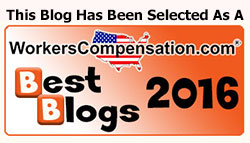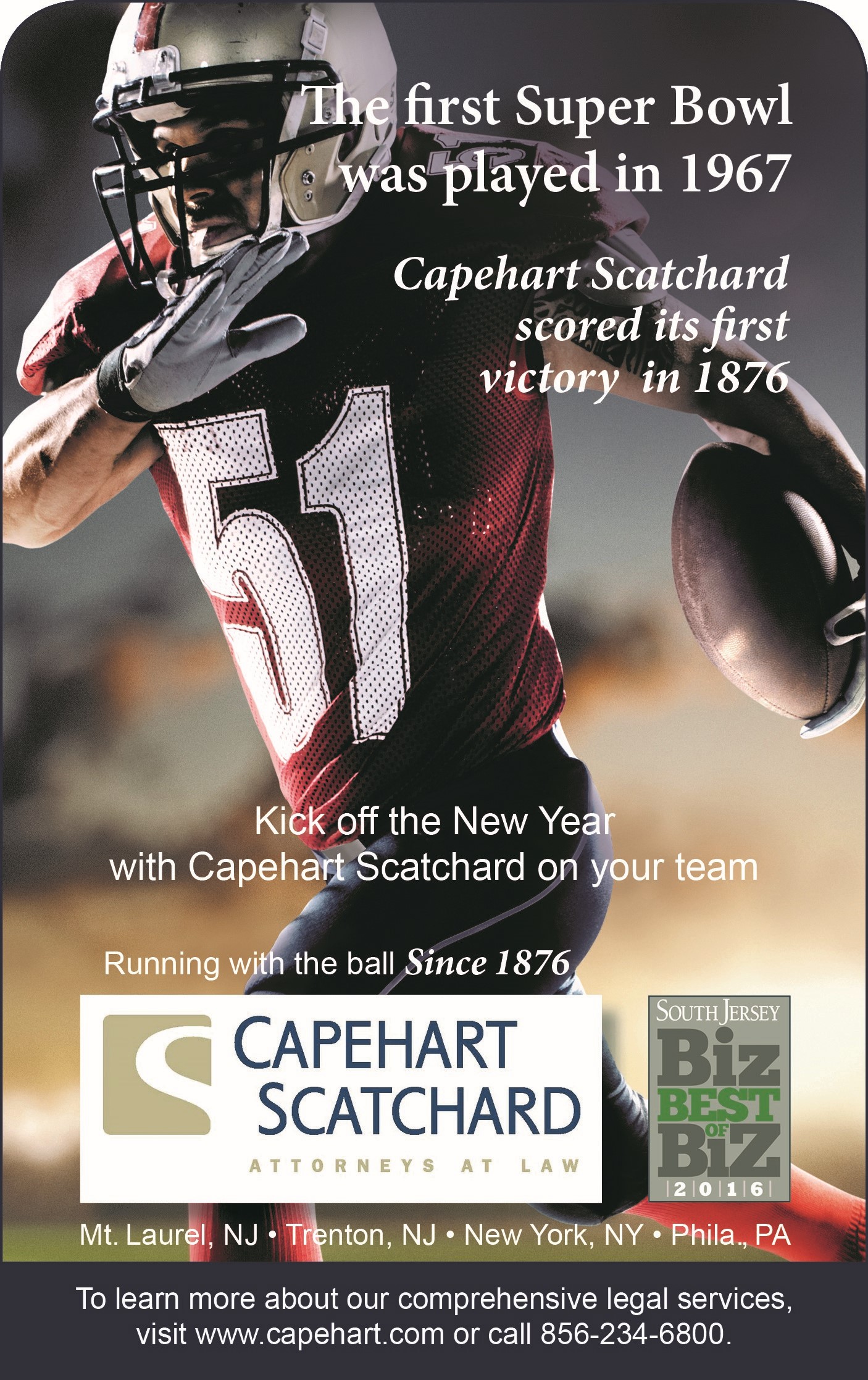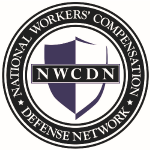Joint Employment Situations In Workers’ Compensation Are Not Limited To Two Employers
New Jersey court held that the decedent worked for four companies and therefore his representative could not sue any of those four companies civilly
Amado Guillermo Orbe sustained fatal injuries using a manlift to remove overhead piping on October 11, 2007. He performed various job duties for a number of companies. His estate sued Safer Holding Corporation, the parent corporation, and its affiliated companies of Safer Pigment, Meadows, Kuttner and Safer Textile. These companies formed Safer’s textile operations in Newark, N.J.
Orbe did electrical and maintenance work for the various companies. He was listed on Kuttner’s payroll documents; his health insurance listed Meadows as his employer, but he also did maintenance and electrical work at Safer Pigment and Safer Textile. Kuttner (located at1875 McCarter Highway) had 51 employees; Meadows (located at241 Oraton Street) had 50 employees; Safer Textile (located at1875 McCarter Highway) had 151 employees, and Safer Pigment (located at1825 McCarter Highway) had eight employees.
There was testimony in this case that Orbe worked primarily at Meadows but he and other employees were routinely asked to do work at the other facilities when there was work to be done. Another employee said that he might do one task at one building, followed by 20 tasks at another building.
The Appellate Division affirmed the ruling of the trial court that the estate could not sue any of the four affiliated companies but it reversed as to Safer Holding Company. The court discussed that New Jersey uses two methods to analyze whether an employee has more than one employer: the “special employment” test and the “joint employment” test. The court looks to whether there is “unity of control and authority” in deciding whether there is joint employment. It also looks to whether there is an intermingling of duties such that it is impossible to really separate the employee’s duties.
Traditional factors are the right to control the activities of the employee, the right to terminate the relationship, payment to the employee of regular wages for services and the provision of tools, equipment and facilities. The court said, “The undisputed evidence in the record established that Orbe was primarily assigned to Meadows but often worked at the other Safer sites located at 1875 and 1825.” It said, “We find no merit to plaintiff’s contention that the joint employment analysis is limited to those circumstances where there are only two employers involved.”
The court did not find that plaintiff was barred from suing Safer Holding. It said that Safer Holding had no employees and no equipment, did not pay Orbe’s wages, did not supervise his work, and did not have the power to hire or fire Orbe.
This case is an important one because it underscores the significance of the exclusive remedy provision of N.J.S.A. 34:15-8. Except for those instances where intentional wrong can be proved, one cannot sue one’s employer.
This case can be found at Orbe v. Safer Textile Processing Corp., A-5614-10T1 (App. Div. March 8, 2012).








Connect with Capehart Scatchard